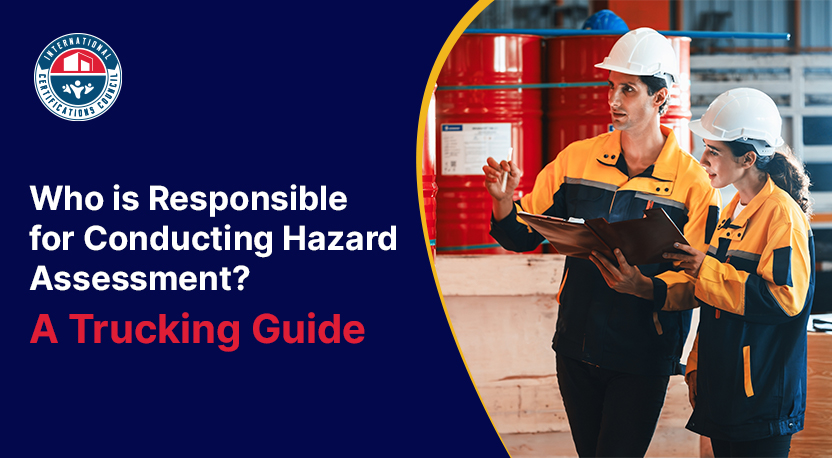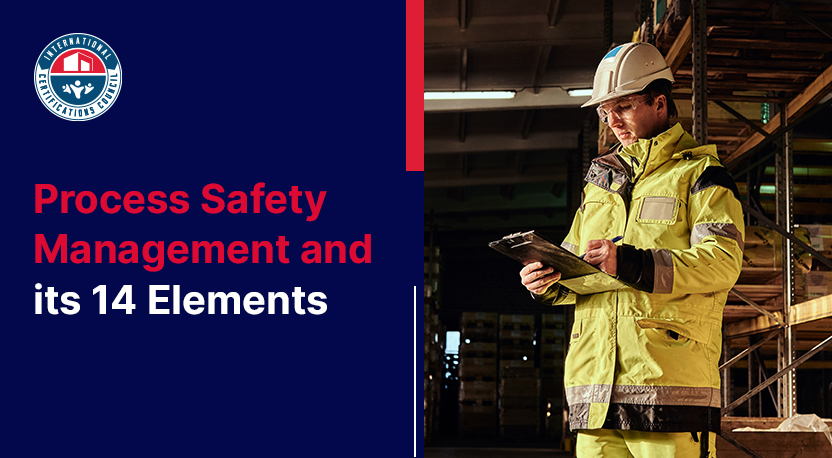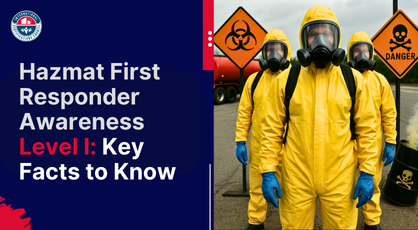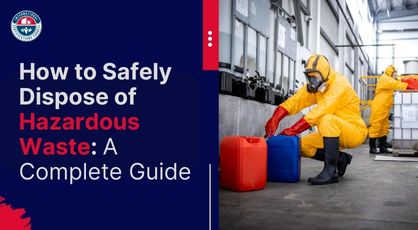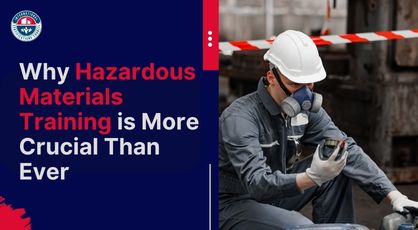Did you know that more than 3 billion tons of hazardous materials are transported annually in the USA?
These materials can range from chemicals and gases to flammable liquids that are transported through various modes of transportation, such as trucks, rail, airplanes, and vessels.
As the use and transportation of hazardous materials are integral to our modern lifestyle, it becomes imperative for businesses in the transportation industry to focus on safety measures.
Hazmat marking and labeling are essential components of ensuring the safety of everyone involved, from the workers handling these dangerous goods to the communities through which they are transported.
This blog post will inform you about Hazmat marking and labeling and why they are essential.
Marking
Marking refers to the words, visible symbols, instructions, cautions, weights, and numbers applied directly to the outer packaging of hazardous materials. These markings often include information such as the proper shipping name, identification number, and, in some cases, orientation arrows.
Markings provide quick visual cues to those handling or responding to an incident involving hazardous materials, helping them identify the nature of the contents.
Labeling
Labeling involves attaching specific labels to containers holding hazardous materials. These labels convey critical information about the hazards associated with the materials inside.
They typically include pictograms, specific colors, signal words, and hazard statements to alert handlers and emergency responders to the potential dangers. Labels serve as a universal language, helping individuals quickly grasp the risks posed by the contents of a container.
Importance of Hazmat Marking
Identification and Recognition
Hazmat markings such as visible symbols, words, and numbers serve as a visual language that allows people who use hazmat to identify the nature of the contents swiftly.
For instance, symbols may indicate whether the material is flammable, toxic, corrosive, or creates other potential risks. This rapid identification is crucial for making informed decisions about handling procedures and emergency responses.
Prevention of Accidents
Clearly marked hazmat packages play a pivotal role in accident prevention by providing essential information to those handling the materials. Workers can avoid mishandling or improper storage when they can easily recognize the type of materials they are dealing with.
This proactive approach prevents accidents such as chemical reactions, spills, or other incidents that may arise from mishandling hazardous materials. Prevention is key to maintaining a safe working environment.
Facilitates Emergency Response
Quick and informed responses are essential for minimizing harm and damage. In the unfortunate event of an accident or spill, the markings on hazardous material packaging become critical for emergency responders.
This information enables responders to assess the situation and swiftly implement the right response strategies. Knowing the nature of the hazardous materials allows them to use the appropriate equipment, apply the correct procedures, and take necessary precautions to mitigate the impact of the incident.
Compliance with Regulations
Hazmat marking is not just a recommended practice; it is often a legal requirement. Sticking to marking regulations is essential for ensuring compliance with national and international standards.
Compliance prevents legal issues and promotes a culture of safety and responsibility in handling hazardous materials. Standardization through compliance contributes to a consistent and universally accepted approach to managing these materials safely.
Enhanced Transportation Safety
Proper marking on transport vehicles is critical to ensuring safe transportation of hazardous materials. This practice helps prevent mix-ups during loading and unloading processes, reducing the risk of accidents on the road.
Clear and standardized markings on vehicles also aid workers in quickly identifying the nature of the materials involved in the case of accidents during transportation. This enhanced transportation safety is paramount for protecting both those directly involved in the transport process and the communities through which these materials travel.
Importance of Hazmat Labeling
Quick Hazard Identification
Rapid hazard identification is essential for preventing accidents and minimizing the impact of potential dangers. The visual representation of hazardous materials on labels serves as a clear indicator of potential risks.
This quick identification is crucial for workers to promptly assess the level of danger. It enables them to take immediate and appropriate precautions, fostering safer handling and storage practices.
Communication of Critical Information
Labels act as a vital means of communication regarding the properties and dangers of hazardous materials. In workplaces where multiple individuals handle or are exposed to different materials, labels play a crucial role in conveying essential information.
This communication is fundamental for ensuring everyone comprehends and respects the potential risks associated with specific materials. Effective communication through labeling encourages a safer working environment by promoting awareness and understanding of potential hazards.
Standardized Information
Hazmat labels adhere to standardized formats, ensuring universal understanding. This consistency is critical for conveying information consistently across diverse work environments. Regardless of language barriers, individuals can comprehend the risks associated with the materials by interpreting standardized labels.
Standardization promotes a common understanding of hazards, contributing to overall safety by creating a cohesive and universally accepted system for communicating information about hazardous materials.
Training and Awareness
Labels play a significant role in employee training and hazmat awareness programs. Understanding the meaning of specific labels is a fundamental aspect of hazmat training.
Workers trained in interpreting labels can make informed decisions about handling procedures, emergency response, and the proper use of personal protective equipment. Labels thus contribute to creating a knowledgeable and prepared workforce, which is essential for maintaining a safe work environment.
Compliance and Documentation
Compliance with hazmat labeling regulations is a safety measure and a legal requirement. Proper labeling assists in keeping accurate records, which is essential for regulatory compliance and audits. Organizations must adhere to labeling regulations to ensure the safety of their workers and the communities they operate in.
Compliance documentation provides evidence of an organization's commitment to responsibly handling hazardous materials, demonstrating accountability, and contributing to a safety culture and regulatory adherence.
Conclusion
Proper hazmat marking and labeling training are essential for safely transporting hazardous materials. Beyond regulatory compliance, these practices guide handlers, prevent accidents, and facilitate emergency response efforts.
The consequences of improper hazmat marking and labeling extend beyond fines, impacting the safety of individuals involved in the transportation process. Shippers, carriers, and employees must prioritize adherence to hazmat regulations to mitigate risks and uphold safety standards. It's a simple yet powerful way of speaking a common language of safety in a world where the responsible handling of hazardous materials is paramount.


